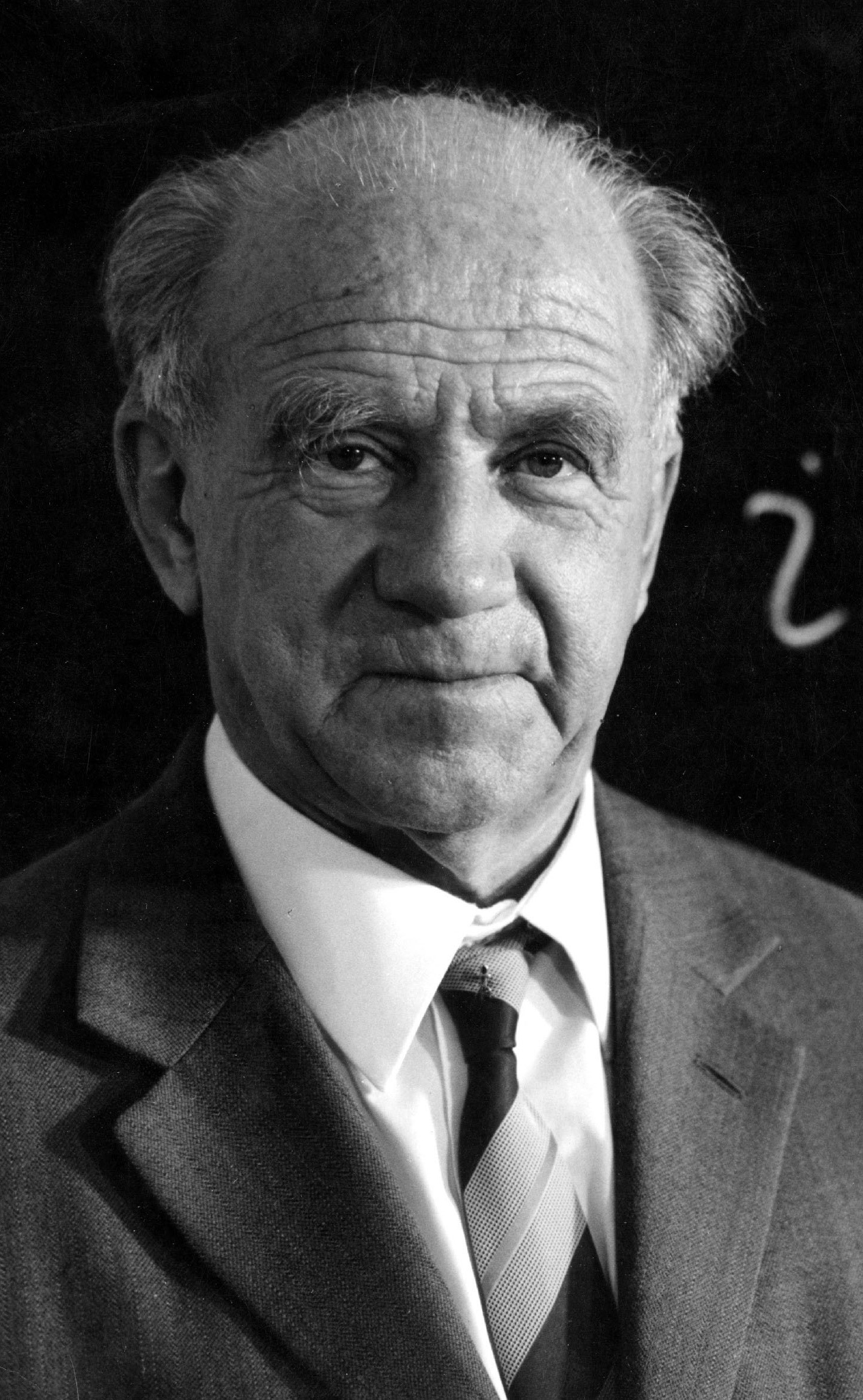Prisoners of the Empire: Inside Japanese POW camps
Harvard University Press, US$35 hb, 336 pp
War without mercy

The suffering of prisoners of the Japanese dominates many Australians’ memories of World War II. More than 22,000 men and almost forty women were captured in Southeast Asia between 1942 and 1945. About 8,000 of them died. Traditionally this high death rate has been attributed to a mix of Japanese cruelty and their refusal to observe international humanitarian law. The military code of bushidō, it is argued, meant that Japanese soldiers had no respect for enemies who had surrendered. They did not recognise that prisoners had rights under international law, since the Japanese authorities promised to observe the Geneva Convention of 1929 only mutatis mutandis – that is, as Japanese laws and local circumstances allowed. From mid-1942 on, Allied prisoners of war, like Asian labourers from occupied territories, were seen as a useful but utterly disposable labour force. Moreover, the liberal use of corporal punishment within the Imperial Japanese Army’s disciplinary system meant that prisoners were slapped and beaten, even for minor infringements. Their guards – often Korean and thus on the lowest rung of the IJA’s military hierarchy – were themselves treated violently.
Continue reading for only $10 per month. Subscribe and gain full access to Australian Book Review. Already a subscriber? Sign in. If you need assistance, feel free to contact us.










Comment (1)
Leave a comment
If you are an ABR subscriber, you will need to sign in to post a comment.
If you have forgotten your sign in details, or if you receive an error message when trying to submit your comment, please email your comment (and the name of the article to which it relates) to ABR Comments. We will review your comment and, subject to approval, we will post it under your name.
Please note that all comments must be approved by ABR and comply with our Terms & Conditions.